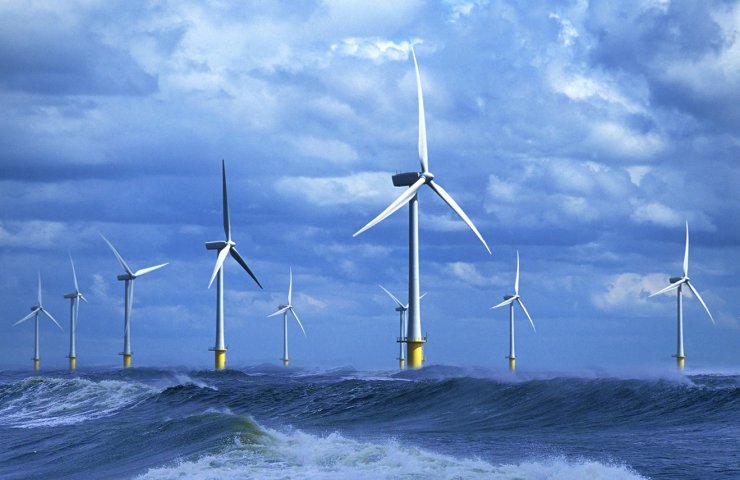UK intends to four times to increase its Maritime power in electricity production to 2030, using the windy North sea and a favorable political environment. "Build offshore in the UK cheaper than anywhere else in Europe," says James Brabben of energy consultancy Cornwall Insight.
"There is a broad consensus of support from the community and policies around offshore wind energy", - he said in an interview with AFP.
the Government of Prime Minister Boris Johnson, who returned to power with an overwhelming majority last month, promised in its election Manifesto to increase the capacity of offshore wind power from 10 to 40 gigawatts in the next decade.
Today, the Kingdom produces nearly 40 percent of its electricity from renewable sources, according to data released last week for the third quarter of 2019.
UK plans to contribute to the development of enormous offshore wind farms, given the relatively small land areas in the country.
At the end of 2018, there were 38 operational sites, including about 2,000 turbines. About 1,000 more turbines are in the planning stage.
Johnson also touted the deployment of floating wind turbines that use advanced technology that is still being developed, for the development of the windiest sea areas with deeper sea floor.
Alastair Dutton (Alastair Dutton), who heads a task force in industry group Global wind energy Council (GWEC), believes that a large investment in technological innovation, "to further increase their sustainability".
He expects that this will allow the turbine manufacturer "to move away from carbon-intensive raw materials and implement the highest possible level of processing to turn the wind into a circular economy."
the International energy Agency (IEA) said an almost "unlimited potential" of marine wind energy, because production costs are falling, and technological progress increases the power and efficiency of turbines.





